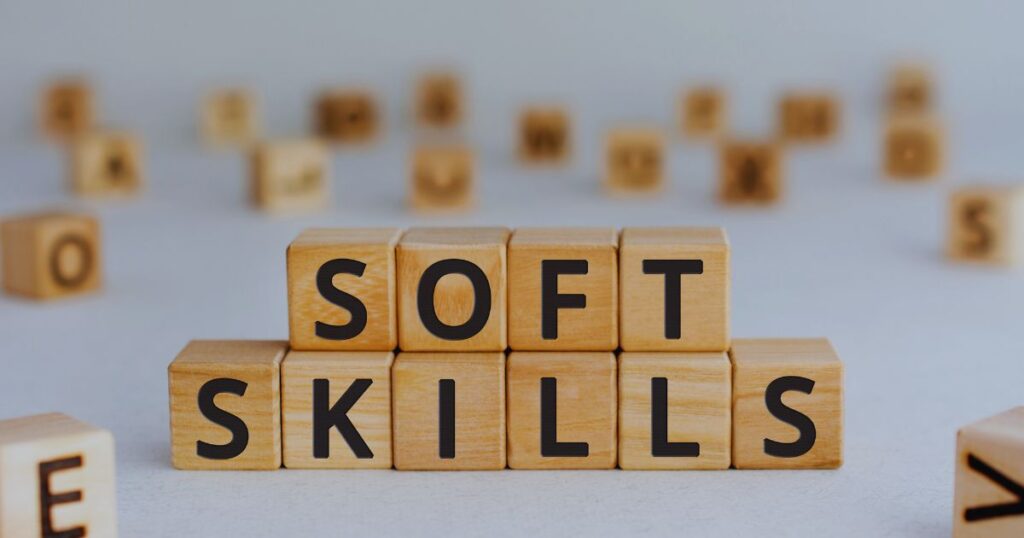Introduction
Have you ever wondered what goes into making the materials that power your everyday life? From the cars we drive to the buildings we live in, certain technologies work quietly behind the scenes to ensure everything functions smoothly. One such unsung hero in the industrial world is TechFelts. But what exactly are TechFelts, and why are they becoming increasingly important across various industries? In this article, we’ll dive deep into the world of TechFelts, exploring what they are, their applications, and why they are rapidly gaining popularity.
What Are TechFelts?
TechFelts are a specialized type of felt designed for industrial applications where traditional felts simply won’t cut it. Unlike the typical felt you might associate with arts and crafts, TechFelts are engineered to meet rigorous standards of performance. They are made from a variety of materials, including synthetic fibers like polyester and natural fibers like wool, depending on the specific requirements of the application.
Materials Used in TechFelts
The materials used in TechFelts are carefully selected to provide the right balance of strength, flexibility, and durability. Synthetic fibers, such as polyester, are often chosen for their resistance to wear and tear, as well as their ability to withstand extreme temperatures and chemical exposure. Natural fibers, like wool, are valued for their natural resilience and eco-friendly properties. In some cases, a blend of materials is used to create a felt that combines the best attributes of both synthetic and natural fibers.
Applications of TechFelts
One of the reasons TechFelts are so valuable is their versatility. They are used across a wide range of industries, each with its own unique set of demands. Let’s take a closer look at some of the key applications of TechFelts.
Industrial Uses of TechFelts
In the industrial sector, TechFelts are often used as protective liners, gaskets, and filters. Their ability to withstand high levels of stress makes them ideal for heavy-duty applications. For example, in manufacturing plants, TechFelts might be used to line machinery to reduce friction and wear, extending the life of expensive equipment.
Automotive Applications
In the automotive industry, TechFelts play a critical role in soundproofing, insulation, and vibration dampening. They are often found in the interior of vehicles, where they help create a quieter and more comfortable ride. Additionally, TechFelts are used in engine compartments to protect sensitive components from heat and vibrations.
Construction and Architecture
In construction, TechFelts are used for a variety of purposes, including insulation, moisture barriers, and roofing underlayment. Their durability and resistance to environmental factors like moisture and UV radiation make them a popular choice in both residential and commercial buildings.
Environmental Applications
TechFelts are also making a mark in environmental protection. They are used in filtration systems to remove contaminants from water and air, as well as in erosion control products that help prevent soil loss in vulnerable areas. Their ability to be engineered for specific environmental challenges makes them a go-to material for eco-conscious projects.
Advantages of Using TechFelts
So, what makes TechFelts stand out from other materials? Let’s explore some of the key advantages that TechFelts offer.
Durability and Longevity
One of the most significant benefits of TechFelts is their durability. These materials are designed to last, even in harsh conditions. Whether they are exposed to extreme temperatures, chemicals, or physical stress, TechFelts maintain their integrity over time. This durability translates into cost savings, as components made from TechFelts need to be replaced less frequently.
Versatility and Flexibility
Another major advantage of TechFelts is their versatility. They can be manufactured in a wide range of thicknesses, densities, and shapes, making them suitable for various applications. Whether you need a soft, flexible material for cushioning or a dense, rigid material for structural support, TechFelts can be tailored to meet your specific needs.
Cost-Effectiveness
Despite their advanced properties, TechFelts are often more cost-effective than alternative materials. Their longevity and performance mean that they can reduce maintenance costs and downtime, providing a strong return on investment. Additionally, the ability to customize TechFelts for specific applications can lead to more efficient use of materials, further driving down costs.
The Manufacturing Process of TechFelts
Creating TechFelts is a complex process that requires precision and expertise. The manufacturing process involves several steps, each designed to ensure that the final product meets the required specifications.
How TechFelts Are Made
The production of TechFelts begins with the selection of raw materials. These materials are then processed into fibers, which are bonded together through a combination of heat, pressure, and chemical treatments. The exact methods used can vary depending on the type of TechFelt being produced and its intended application. The fibers are layered and compressed to form a dense, cohesive felt that can be cut and shaped as needed.
Quality Control Measures
Quality is paramount in the production of TechFelts. Throughout the manufacturing process, various quality control measures are implemented to ensure that each batch meets the necessary standards. This includes testing for strength, durability, and resistance to environmental factors. Only after passing these rigorous tests are TechFelts approved for use in industrial applications.
TechFelts vs. Traditional Felts
You might be wondering how TechFelts compare to traditional felts. The differences are significant and can have a considerable impact on performance and cost.
Differences in Performance
Traditional felts, while useful for certain applications, simply don’t offer the same level of performance as TechFelts. TechFelts are designed to withstand higher levels of stress, making them suitable for demanding industrial environments. They are also more resistant to environmental factors like moisture, heat, and chemicals, which can quickly degrade traditional felts.
Cost Comparisons
While TechFelts may have a higher upfront cost than traditional felts, they often prove to be more cost-effective in the long run. Their durability and lower maintenance requirements mean that they need to be replaced less frequently, reducing overall costs. Additionally, their superior performance can lead to increased efficiency and productivity, further enhancing their value.
Choosing the Right TechFelt for Your Project
With so many options available, selecting the right TechFelt for your project can be a daunting task. However, by considering a few key factors, you can make an informed decision.
Factors to Consider
When choosing a TechFelt, it’s important to consider the specific demands of your application. Factors like temperature resistance, chemical compatibility, and mechanical strength should all be taken into account. Additionally, the thickness and density of the felt should be matched to the requirements of your project to ensure optimal performance.
Customization Options
One of the great advantages of TechFelts is the ability to customize them for your specific needs. Whether you need a particular size, shape, or material composition, TechFelts can be tailored to meet your requirements. This level of customization ensures that you get the best possible performance for your application.
Sustainability and Environmental Impact
In today’s world, sustainability is more important than ever. Fortunately, TechFelts offer several environmental benefits that make them a smart choice for eco-conscious projects.
Eco-Friendly Manufacturing
The production of TechFelts often involves processes that are designed to minimize environmental impact. This includes the use of recycled materials and energy-efficient manufacturing techniques. Additionally, many TechFelts are made from natural fibers, which are biodegradable and renewable, reducing their overall environmental footprint.
Recycling and Reusability
TechFelts are also known for their recyclability and reusability. After their initial use, they can often be repurposed or recycled into new products, reducing waste and conserving resources. This makes them an attractive option for projects that prioritize sustainability.
TechFelts in the Future
As technology continues to advance, so too does the potential of TechFelts. The future holds exciting possibilities for this versatile material.
Innovations on the Horizon
Researchers are constantly exploring new ways to enhance the properties of TechFelts. This includes developing new materials that offer even greater performance, as well as improving manufacturing techniques to reduce costs and environmental impact. These innovations could lead to TechFelts becoming even more integral to industrial applications.
Potential New Applications
As TechFelts continue to evolve, new applications are likely to emerge. This could include advanced filtration systems, high-performance insulation materials, and even uses in the medical field. The versatility of TechFelts means that the possibilities are virtually endless.
Conclusion
TechFelts represent a significant advancement in material technology. Their durability, versatility, and cost-effectiveness make them an invaluable resource across a wide range of industries. Whether you’re looking for a material that can withstand the rigors of industrial use or one that can be tailored to meet specific environmental challenges, TechFelts offer a solution that is both innovative and reliable.
FAQs
1. What industries benefit most from TechFelts?
TechFelts are particularly beneficial in industries like automotive, construction, manufacturing, and environmental protection, where high performance and durability are essential.
2. Are TechFelts environmentally friendly?
Yes, many TechFelts are made from eco-friendly materials and are recyclable, making them a sustainable choice for various applications.
3. How do TechFelts compare to other materials?
TechFelts offer superior performance in terms of durability, flexibility, and resistance to environmental factors compared to traditional felts and other materials.
4. Can TechFelts be customized for specific needs?
Absolutely! TechFelts can be tailored in terms of thickness, density, and material composition to meet the exact requirements of your project.
5. Where can I purchase high-quality TechFelts?
High-quality TechFelts can be sourced from specialized industrial suppliers who offer a range of products designed to meet various industrial needs.













